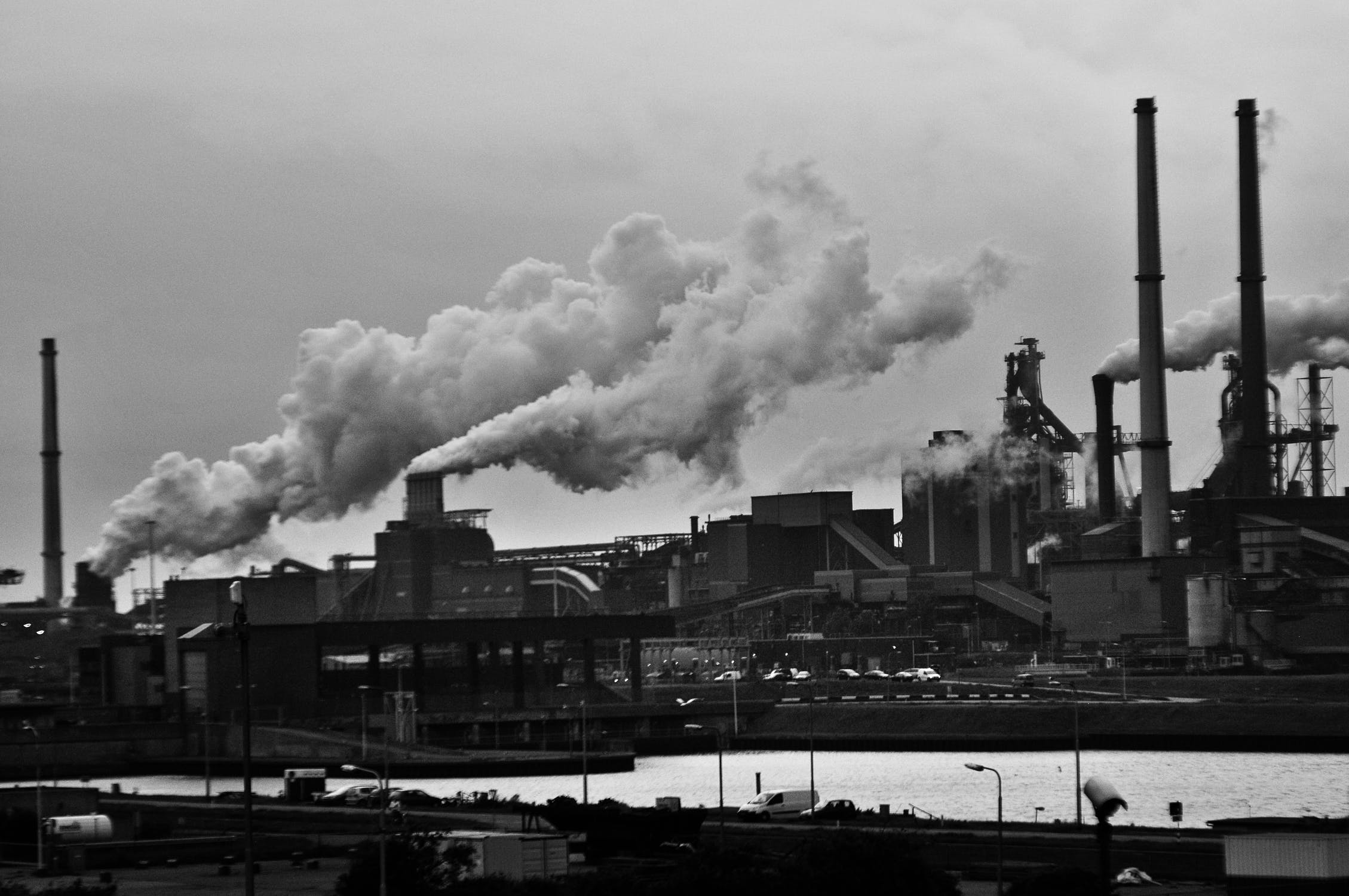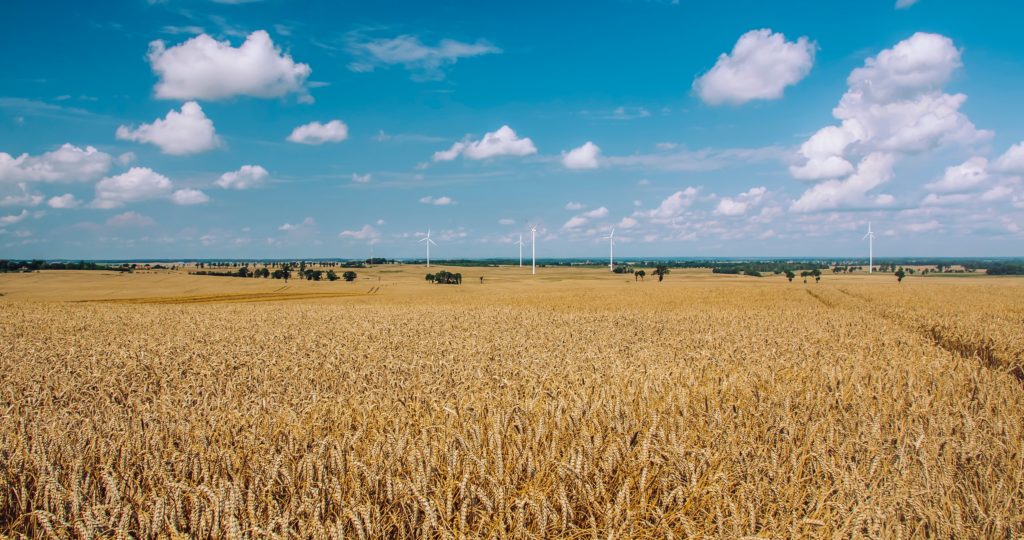Engineering innovations 2018
by Mashum Mollah Technology Published on: 06 August 2018 Last Updated on: 07 August 2018

From bullet trains to solar highways, floating wind farms to Sci-Fi tractor beams, we take a look at some of the most innovative and exciting engineering projects underway this year!
Scotland’s floating wind farm :
For parts of the world where solar power can’t always be relied on, harnessing the power of the wind to create clean energy is often the best option. But having giant turbines marring the view isn’t everyone’s cup of tea. Enter Hywind, five gigantic wind turbines floating about 15 miles offshore in the North Sea. Each turbine is 830 feet tall, although about 250 of these feet are actually below water.
Currently, each of those turbines feeds around 6 megawatts of energy into the grid or 30 megawatts in total. When the power isn’t needed, it gets stored in giant lithium batteries with a capacity of more than 2 million iPhones! The biggest engineering advantage of floating turbines is that they don’t need to be customized to suit the terrain they stand on, meaning mass production and therefore lower production costs can become a reality.
Geocell technology used to pave the way for high-speed rail networks :
When you think about how high-speed bullet trains could revolutionize the way people travel, reduce traffic congestion, and lower the carbon footprint of transport in major cities, how the ground to build the tracks on is stabilized is probably not your first thought! But without a stable surface for the trains to run on, and one that is easy to maintain, these amazing vehicles may never realize their full potential. But by utilizing innovative geocell engineering, in which a honeycomb-like lattice made from a super-durable material known as Neoloy is used to stabilize the track, PRS Geocell Technology was able to demonstrate a 50% reduced pressure and 84% reduced maintenance requirement on tricky sections of the Amtrak North-East corridor. It might sound a little technical, but technologies like these could quite literally be laying the foundation for the transport of the future.
Tractor beams are no longer be the realm of science fiction!
Moving something without actually touching it has been a trick confined to science fiction and fantasy films, but that might soon be set to change! Using sound waves, engineers at Bristol University were able to use “tornado-like vortexes made of sound” to levitate small objects. Admittedly, the objects and distances involved are still tiny, but real-world applications could include contactless production lines or even surgical procedures.
Singapore develops a leaner, greener water-based air conditioner :
The invention of the air conditioner meant that people could live and work in places that were simply too uncomfortable to do so before, and this humble device actually forever changed the urban landscape. Now it’s finally getting a facelift!
The concern with traditional aircon is their use of potentially harmful chemical refrigerants, and that they use a lot of energy – up to 60% of the total energy consumption in commercial buildings. But researchers at the National University of Singapore have developed a new prototype, which eliminates the need for a compressor (the main energy drain in traditional units) and uses water drawn from the surrounding air to cool the local environment without the need for chemicals, using 40% less energy in the process.
Georgia’s “The Ray” highway is a working, solar-powered laboratory :
Complete with innovative solar paving, tire pressure monitoring that alerts drivers when their tire pressure isn’t optimal for fuel saving, a solar electric vehicle charging station and even testing of roadside wheat grass planting, this 18 mile stretch of Georgian highway is really pushing the idea of what a road is capable of!
It’s designed to be a working laboratory where the green ideas of tomorrow can be tested, and there’s plenty more in the pipeline for this special piece of highway. Wireless electric vehicle charging lanes (where EVs can charge as they drive), noise-canceling solar barriers that capture energy while making the road quieter to the surrounding environment, and integrating recycled materials into road construction are just some of the projects in store. One of the most interesting projects currently underway involves the planting of roadside ‘Kernza’ wheat, which can be used to produce everyday products like toilet paper and diapers. In addition to its use once harvested, these wheat-like grasses enrich the soil, sequester carbon, and help to remove pollutants and toxins created by traditional vehicles using the road.
Using Formula One aerodynamics to make better… supermarket fridges:
Williams Advanced Engineering (yes, the guys who make the racecars) have teamed up with Aerofoil Energy Ltd to tackle a slightly more everyday engineering challenge – making supermarket fridges more energy efficient. By better channeling cold air and preventing it from spilling out into the aisle, this racetrack tech can massively reduce energy consumption. Now that’s cool tech!
Read Also :
How Tougher Touch Screen Technology Is Changing Mobile Computing












































































































